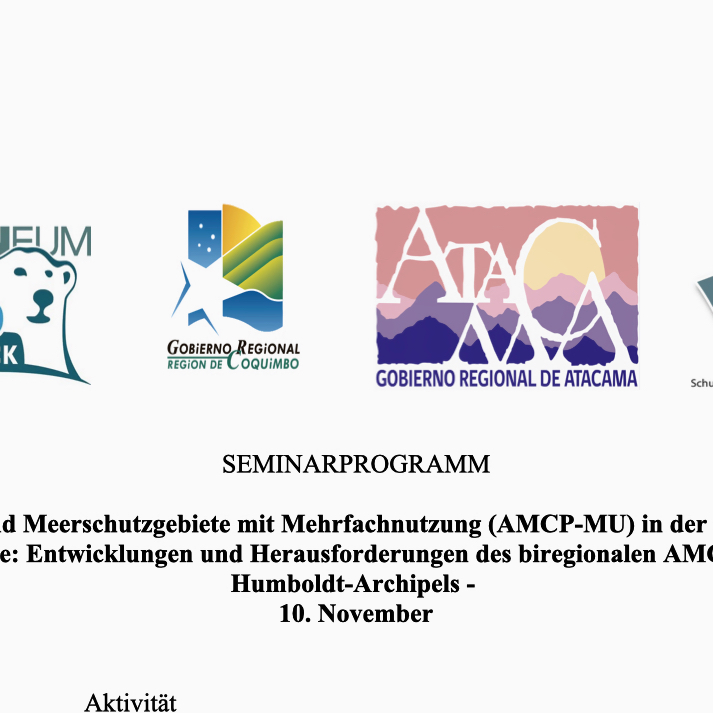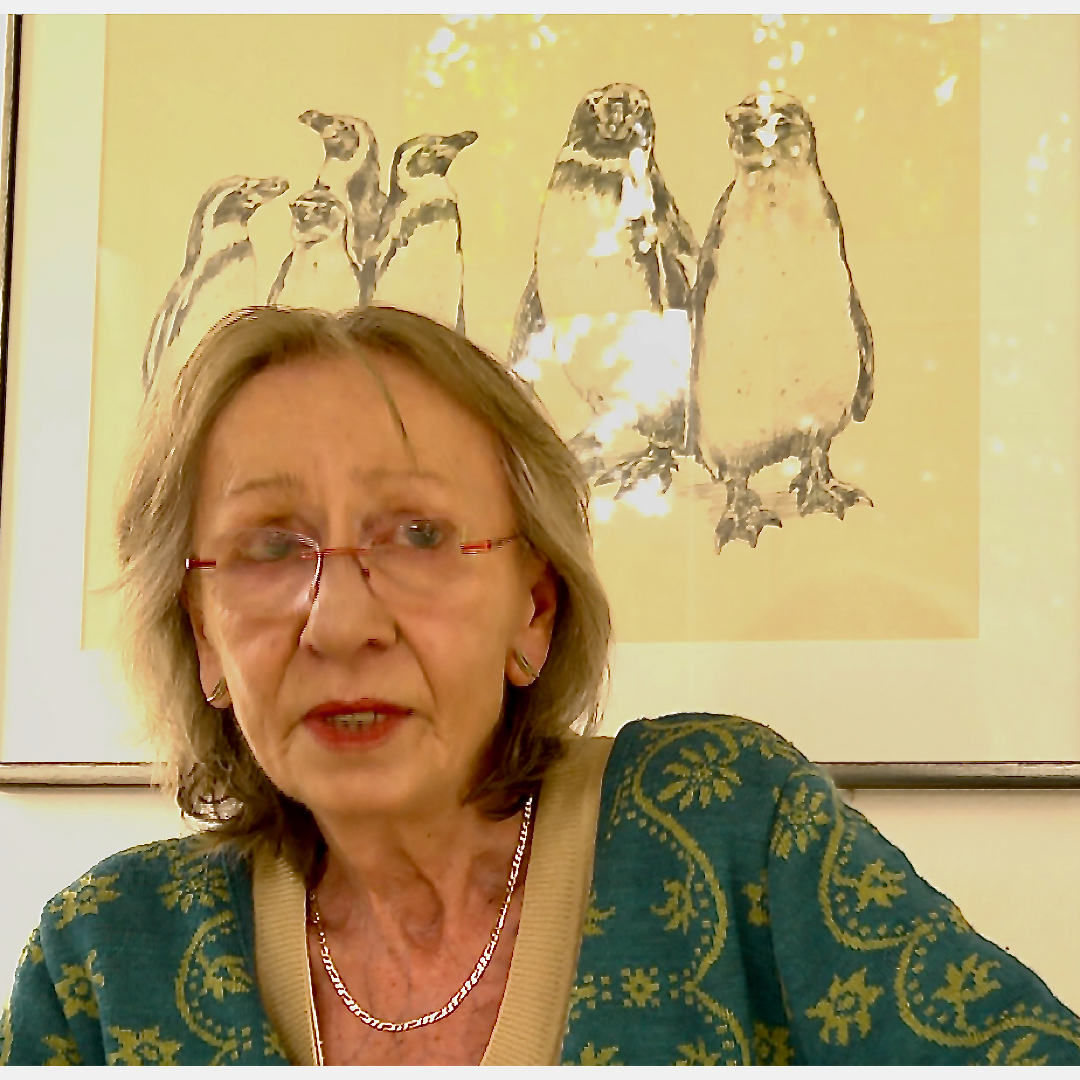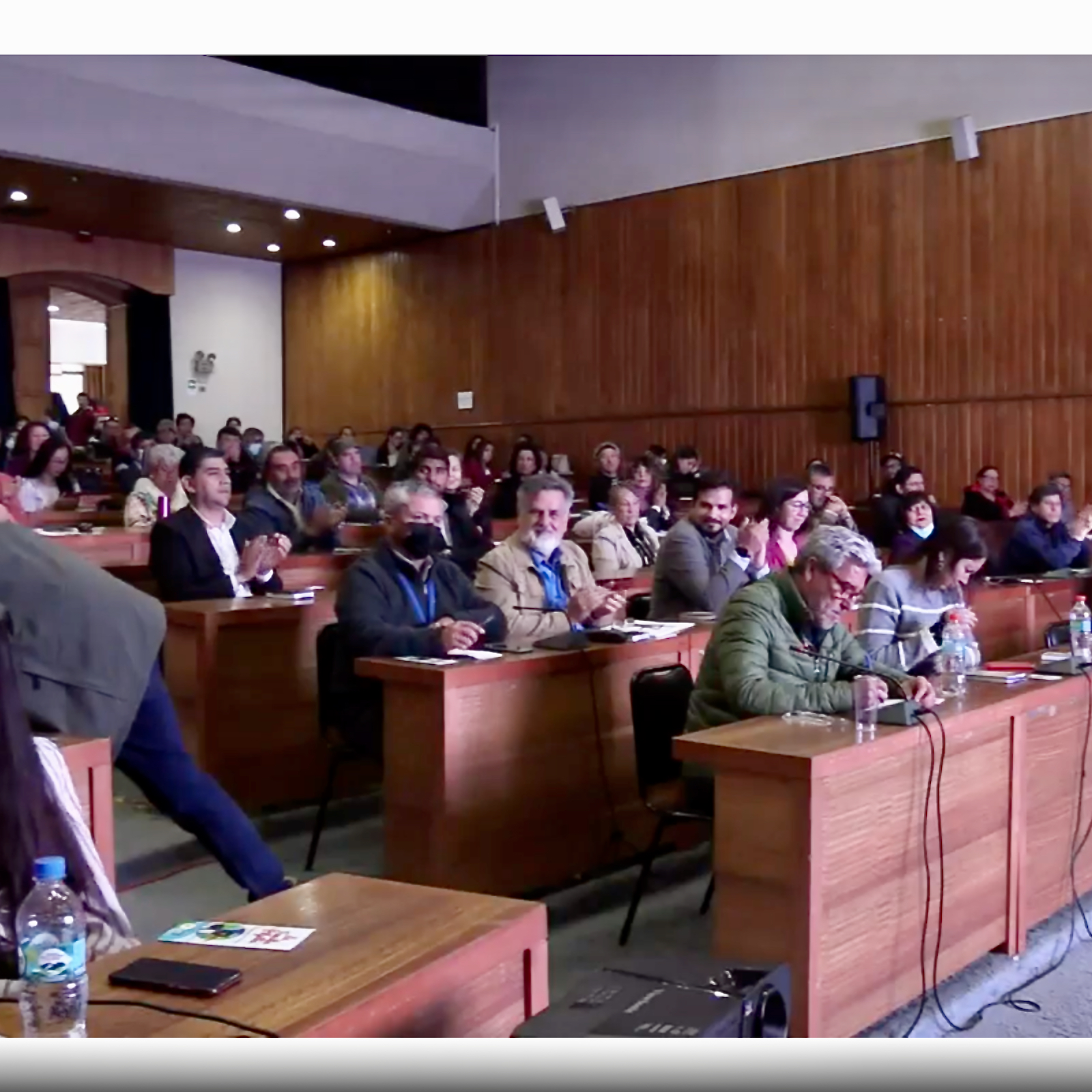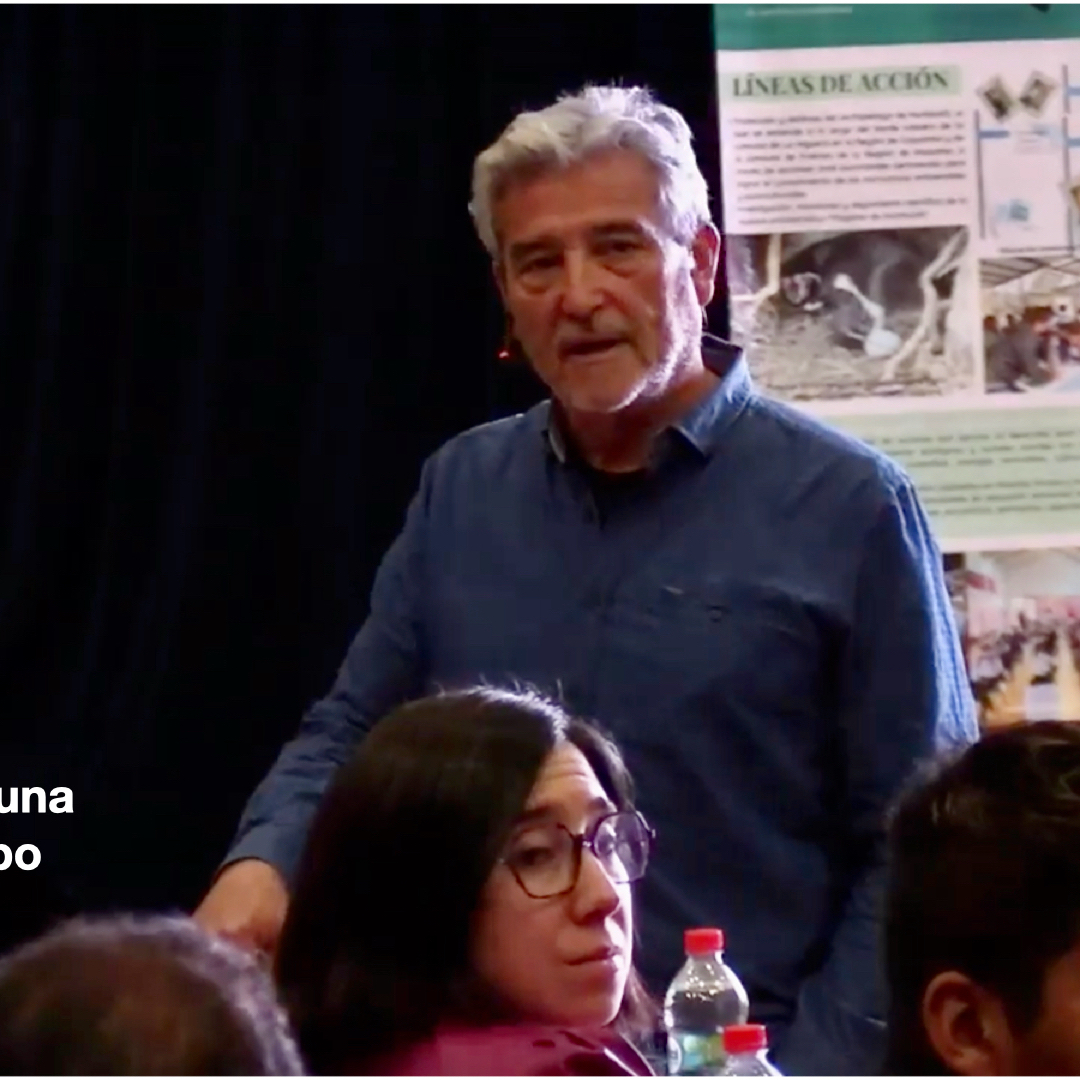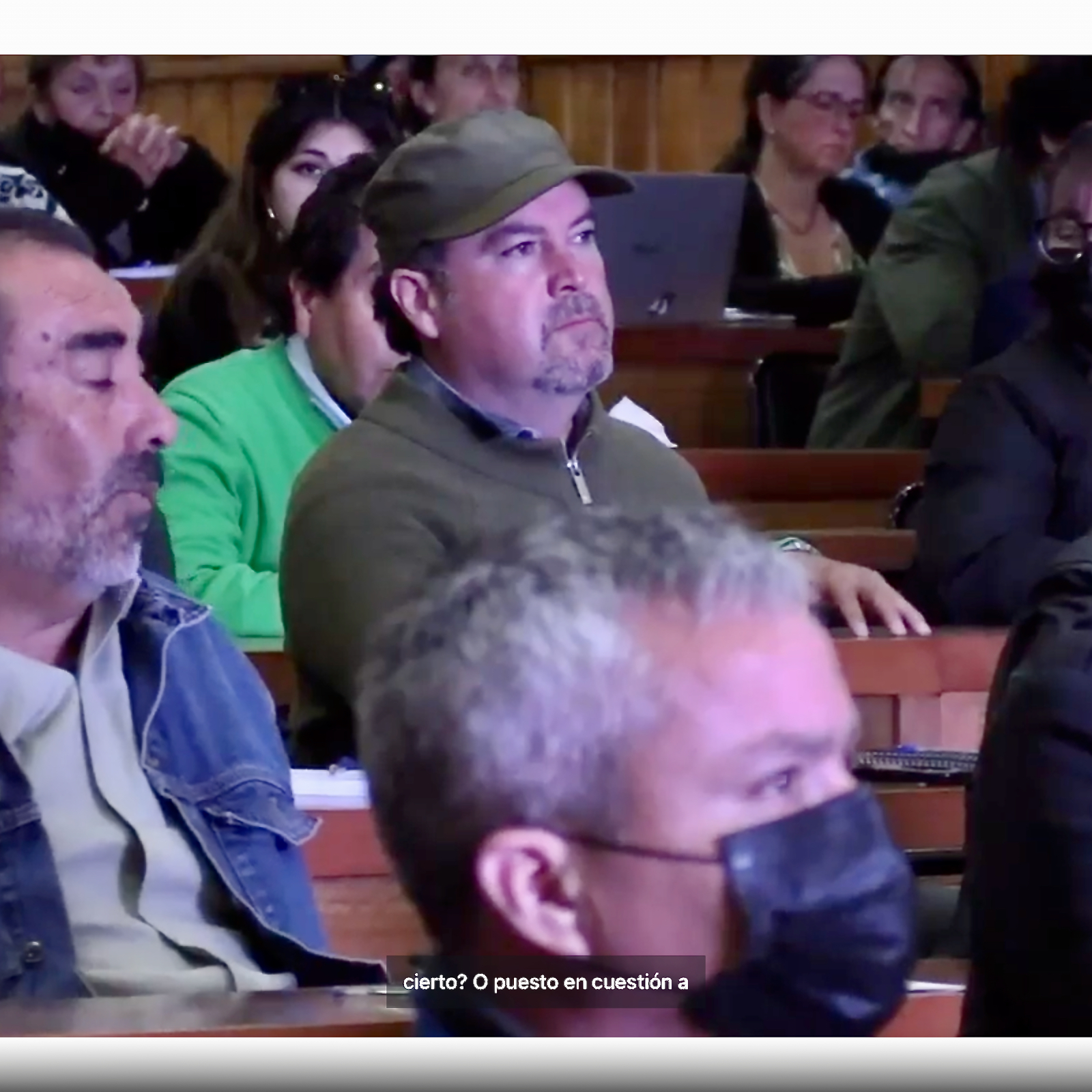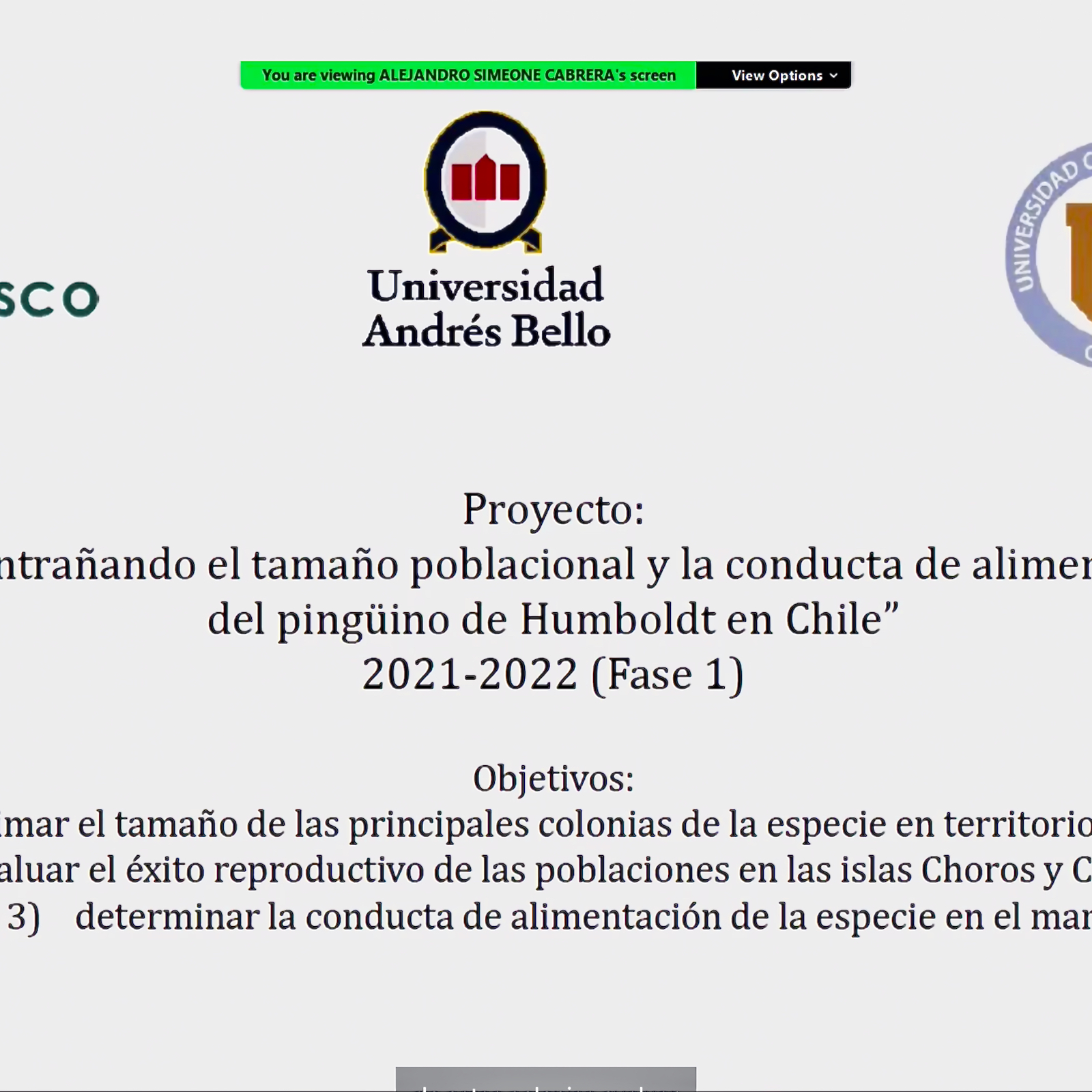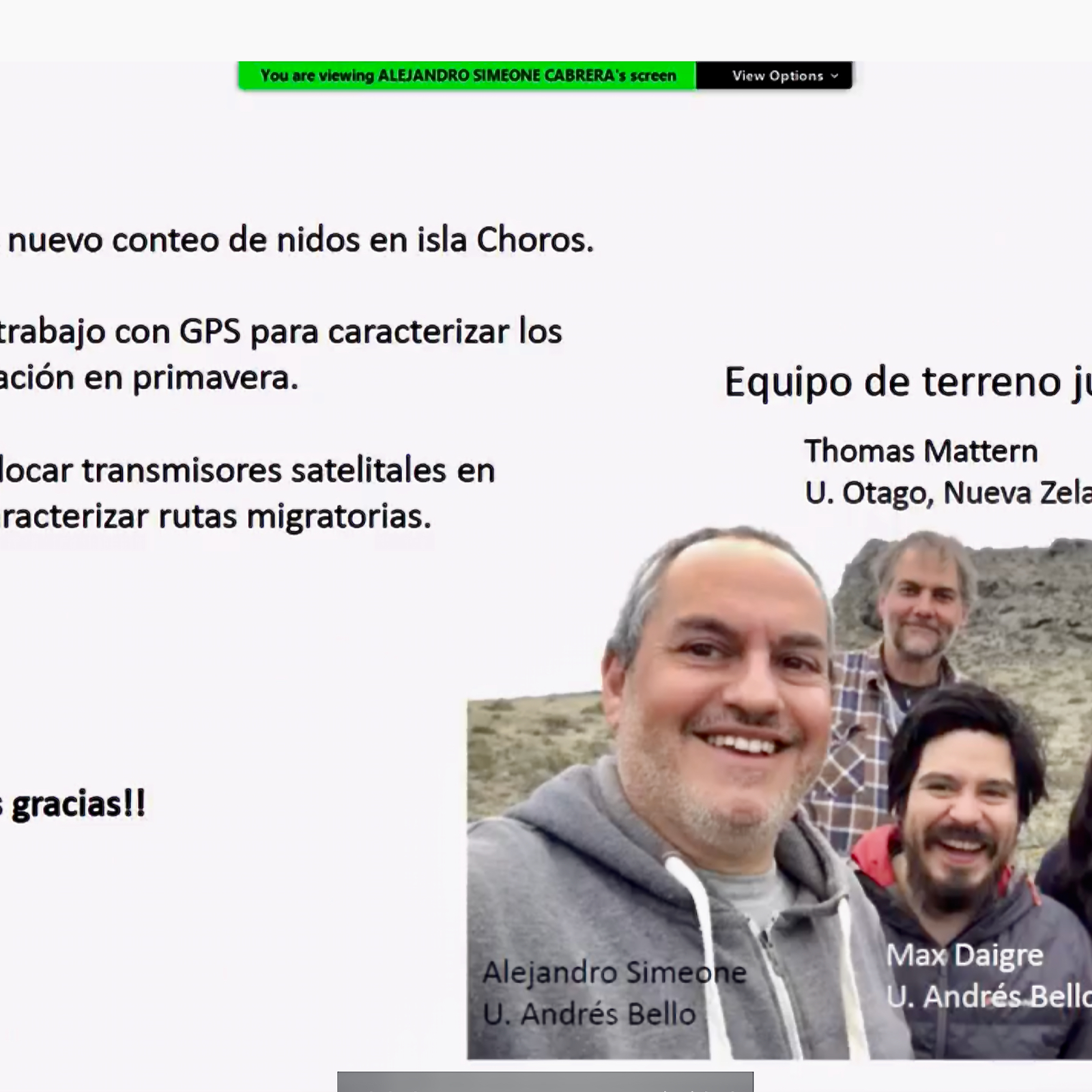La Serena, Landau 27 November 2022. Even before SPHENISCO was founded in 2008, citizens, scientists and environmental organisations were campaigning for the protection of the Humboldt Archipelago in northern Chile. Since then, the world-class ecosystem has repeatedly been threatened by large-scale projects and has permanently occupied the courts. Lawsuits are also currently pending, including the action for annulment brought by a citizen (see article under News). Following the decision of the Corte Suprema in May this year, the Boric government, the Committee of Ministers, must decide whether the approval of the large-scale project "Dominga" was correct and thus valid (see "Environmental court gives action...", News).
Now the Bi-Regional Committee Atacama-Coquimbo and SPHENISCO organised a symposium in La Serena on the state of development of the coastal and marine protected area in northern Chile entitled "Developments and challenges of the bi-regional AMCP-MU (1) "Humboldt Archipelago". Almost all regional media announced the expert conference sponsored by Rostock Zoo and reported on the proceedings. The stream is still viewable https://www.facebook.com/108251801397144/videos/494882652592626/
and already has almost 600 views.
The organisers Nancy Duman and Karen Quezada (SPHENISCO staff) succeeded in bringing together civil society, academia, representatives of competent authorities and relevant political actors at the second symposium on the marine coastal protected area and to reflect with them on experiences with the protected area and the threats to which the Humboldt Archipelago is repeatedly exposed.
The natural richness of this 3,423 square kilometre area makes it one of the most important biodiversity hotspots in Chile. Therefore, it is urgent to develop a conservation policy that allows for the comprehensive protection of the terrestrial and marine ecosystem from Caleta Chañaral de Aceituno, municipality of Freirina in the north to Caleta Hornos, municipality of La Higuera in the south.
The participants were welcomed in La Serena and via lifestream all over the world by Krist Naranjo (Governor of the Coquimbo Region), Miguel Vargas (Governor of the Atacama Region), Gabriele Knauf (Sphenisco), Leonardo Gross (Minister of Environment of the Coquimbo Region) and Rubén Quezada (President Boric's Representative). Sr. Rubén Quezada called the creation of a marine protected area on the coast "a challenge that 1, does not allow any limitation and 2, needs civil society, authorities of Atacama and Coquimbo and an ecological administration that is committed to push this task forward". From the meeting, thanks to the participation of the scientific community, he expected more input for the various commissions, including technical commissions, to lay the groundwork for the approval of a bi-regional, non-fractionated marine protected area by the Committee of Ministers.
Nancy Duman characterized the goal of the symposium as "to provide scientific and professional information about the significance of the Humboldt Archipelago. Currently, she said, the creation of the AMCP-MU (1) as a unified ecosystem, rather than a fractionated area, is being strongly proposed. In the meantime, conditions of protected areas that have been under official protection since 2005 are also known. Knowing their ecological value allows us to work on the challenges to be overcome in creating the AMCP-MU (1) 'Humboldt Archipelago'."
The experts from science, institutions, administration and civil society shed light on the topic from different perspectives such as 1. natural and cultural heritage "Humboldt Archipelago" from the perspective of science and institutions, 2. development status of the protected zone from the perspective of state institutions and 3. the role of local communities in the creation, establishment and administration of a marine protected zone with different uses.
In the thematic block "Natural and Cultural Heritage", Dr Guillermo Luna (USN (2), CEAZA (3)) first presented the factors that determine the biodiversity of the Humboldt Archipelago. Dr Maritza Sepúlveda (Valparaíso University) explained the importance of the Humboldt Archipelago for marine mammal conservation. last but not least, Dr. Alejandro Simeone (Andrés Bello University) presents new research results for survival: "Reproduction and Nutrition of the Humboldt Penguin", first results of the SPHENISCO research project (4).
In the block "State of Development", the current situation was presented from the point of view of the regional Ministry of the Environment (Ministerio Mediombiente) and the fisheries authority (Sernapesca).
In the thematic block "Role of local communities", Josué Ramos, president of the cooperative and member of the Los Choros union, said that the meeting "is very positive because it informs broadly, about the situation of the communities and everything related to the protection of the seas and the Humboldt penguin. (…). We have developed an awareness of our habitat and everything that surrounds us in the Humboldt Archipelago. The archipelago means material livelihood security for us. And just as we were able to live off it, future generations should be able to do the same. The people who live there and those who will come to this area should also have the opportunity to enjoy this peace and quiet here. Therefore, it is very important for us that the protected area is implemented as soon as possible. Afterwards, the representative of the indigenous community of the Changos and Katerina Varas, coordinator of the GEF project (5), presented their positions.
The course and response to the symposium were very good. Leonardo Gross, Minister of Environment of the Coquimbo Region, hit the nail on the head in his welcome address when he stated: "It is always good to engage in dialogue to discuss ambiguities, get to know each other and build trust in order to move forward not only in the declaration of the AMCP-MU but also in its composition and governance. We need to agree on how the different activities in the area will be carried out. And from the citizens' point of view, so that everyone benefits and the conservation as well as the future development of this marine area is not jeopardised. An ecosystem that is seen as a beacon of hope for the planet in the face of a reality as complex as climate change.
W. K.
translated by Claudia Wirth
Notes
(1) AMCP-MU - Área Marina Costera Protegida múltiplos usos, Marine coastal protected areas with different uses
(2) UCN - Universidad Católica del Norte, Coquimbo
(3) CEAZA - Centro de Estudios Avanzados en Zonas Áridas, Centre for Advanced Studies in Drylands, Universidad Católica del Norte, Coquimbo
(4) The 6-year research project "Research for Survival" is currently being carried out by Dresden Zoo, the Friends of Hagenbeck Zoo, Hamburg, and the Species Conservation Foundation Karlsruhe Zoo.
(5) GEF - Global Environment Facility is an international mechanism for the financing environmental projects in developing countries. The "Coastal Marine Governance" project, which is underway in La Higuera, aims to protect the resources in coastal areas for present and future generations.




